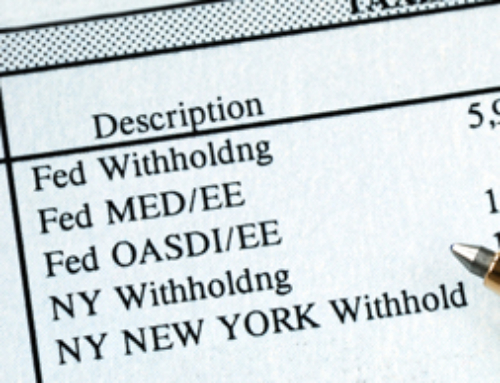 How to Avoid Getting Taxed for Phantom Income and Debt Forgiveness
How to Avoid Getting Taxed for Phantom Income and Debt Forgiveness
By Eva Rosenberg, EA
If you negotiate with a lender or credit card company to get your debt reduced, you walk away feeling lighter, happier, and calmer.
Until the 1099-C arrives.
Panic time! Not only is cancelled debt taxable income, but it’s also generally taxed as ordinary income.
Except in cases when it’s not taxed at all:
1) Gift. When your loan is with a family member or friend, you may all agree to treat it as a gift. However, Wells Fargo, Chase, or Citibank is unlikely to gift you $25,000 or so just because you sit next to each other at Thanksgiving dinner.
2) Bankruptcy. If your debt was reduced or discharged at the same time as the 1.5 million nonbusiness bankruptcies in 2010 or 2011, there’s no income.
3) Insolvency. This is the exception most people overlook. If you’re insolvent the day before the lender waives your balance due, you can avoid paying tax on that 1099-C. The IRS considers you insolvent when your debts are higher than your assets.
4) Acquisition debt. For mortgages forgiven through 2012, the Mortgage Forgiveness Debt Relief Act of 2007 allows you to avoid paying tax on this particular debt cancellation. You are protected if the defaulted loan was the original debt on the property. Folks who refinanced and consolidated their debt, or pulled cash out of the new loan, are not protected. But you can try the insolvency route.
How to Convince the IRS You’re Insolvent
You can’t file this tax return electronically. You must provide an explanation. Include a worksheet showing your financial position before each lender cancelled a debt. List your assets (home, other property, used car, home furnishings, bank accounts, retirement accounts, etc.) in one column. List your debts in the next column. Include credit card debts, mortgages, personal loans (make sure you have them in writing), student loans, unpaid taxes, etc.
If the total of your asset column is higher than the total of your debt column, you’re not insolvent. You’ll owe the tax on all the 1099-C income.
However, if your debts are higher than your assets, you are insolvent up to the amount of the negative number. Suppose your cancelled debt is $15,000, and your insolvency computation results in $10,000 more debts than assets. You will pay tax on $5,000 worth of cancelled debts ($15,000 in debts, less the $10,000 insolvency). And if your debts are $20,000, then all of your cancelled debt will be tax-free.
Another Little Complication
That worksheet explains how you arrived at your insolvency computation. Next, use Form 982, Reduction of Tax Attributes Due to Discharge of Indebtedness (and Section 1082 Basis Adjustment). The IRS insists you reduce any future tax benefits from the discharge to the extent that the discharged debt is not taxed.
The kinds of tax benefits you will reduce are things like passive loss carryovers, tax credit carryovers, capital loss carryovers, and contributions carryovers. If you have none of those, you may have to reduce the basis (tax cost) of any real estate you own.
Confused yet? Tax aspects of discharged debt get complicated, and it’s well worth consulting a tax professional. After all, if you’re going to avoid paying thousands of dollars in taxes on your loan forgiveness, don’t you want to also avoid potential tax problems?
Eva Rosenberg, EA, is the publisher of TaxMama.com®, where your tax questions are answered. She teaches tax professionals how to represent you when you have tax problems. She is the author of several books and e-books, including Small Business Taxes Made Easy. Follow her on Twitter: @TaxMama






